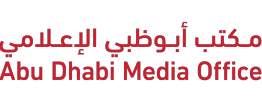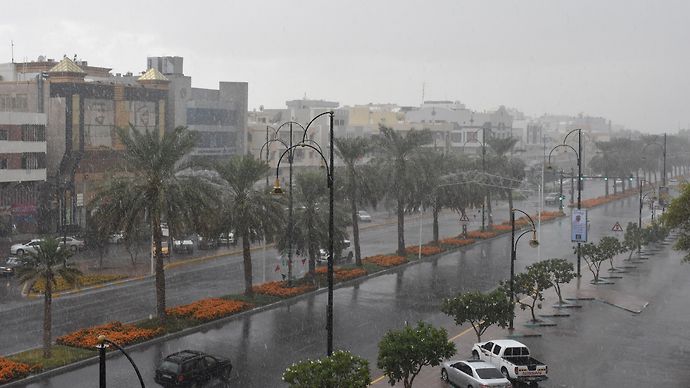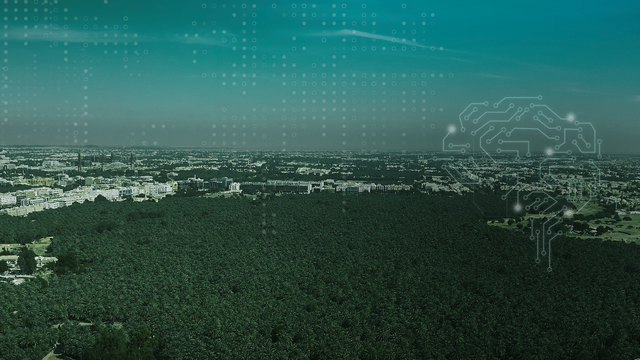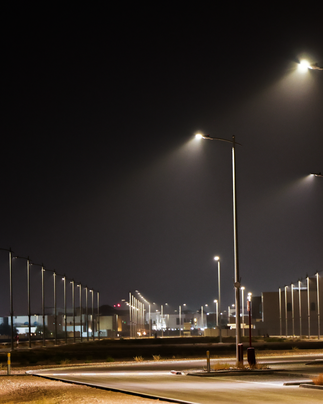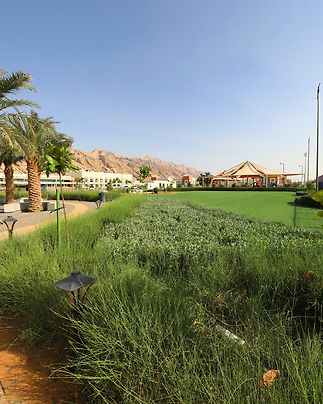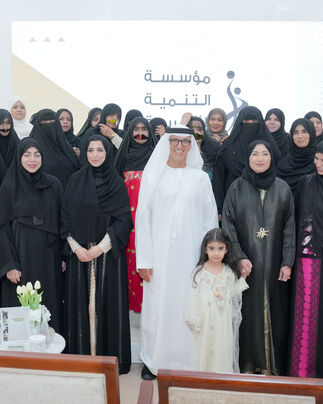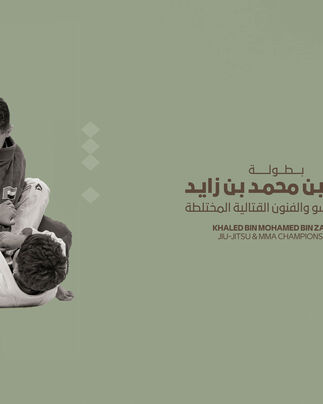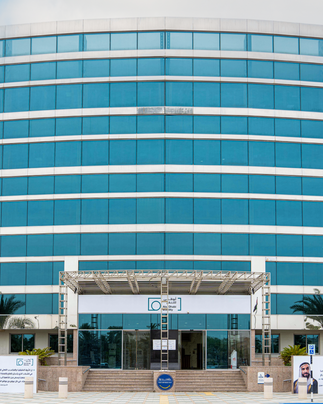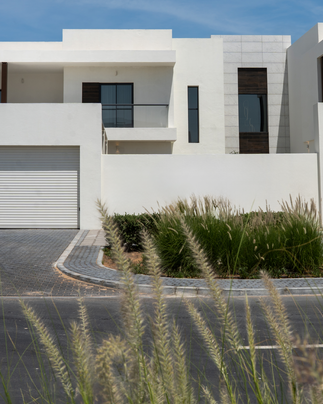Al Ain City Municipality has completed the final phase of the project to implement precautionary measures to reduce the rise of ground water levels in Al Ain. It aims to implement urgent solutions to reduce the ground water level in the most affected areas of the city that require urgent solution, such as car transit tunnels and some residential areas, in order to support the traffic safety system and maintain the structural safety of the assets and infrastructure of the city.
The project comes on the top priorities of the Department of Municipalities and Transport in the emirate. It is characterized by its general appearance and leading facilities and infrastructure that enhance the lifestyle, where the project implements urgent solutions to reduce the negative repercussions of the occurrence of high ground water level in Al Ain. It reflects positively on the level of overall satisfaction of the community and maintaining the safety of the construction sector in the city.
The project included development works for car transit tunnels to develop a ground water drying system that works to withdraw water from the drying wells and re-pump it through pumping stations to collection basins in the valleys to benefit from it in irrigation of gardens and agriculture. It provides a sustainable source of irrigation water at an average rate of 3500 cubic meters per day. It saves on the operational costs associated with the consumption of desalinated water. The project also contributes mainly to raising the efficiency of the traffic safety system inside tunnels, by providing a reduction system for surface water in case it got collected and thus reducing traffic accidents resulting from this occurrence, besides it helps in protecting assets and infrastructure, consequently raising the percentage of public satisfaction and reducing complaints.
The project also developed methodologies to track and sense any future repercussions of the rise of groundwater, consequently benefiting from the outputs of the study to develop scenarios for urban development and land distribution in the most secure areas and identify the affected areas in the city. The project also contributed to the development of integrated solutions for water reuse in areas suffering from weak or limited water resources, which contributes to advancing the sustainability process in the city of oases.
